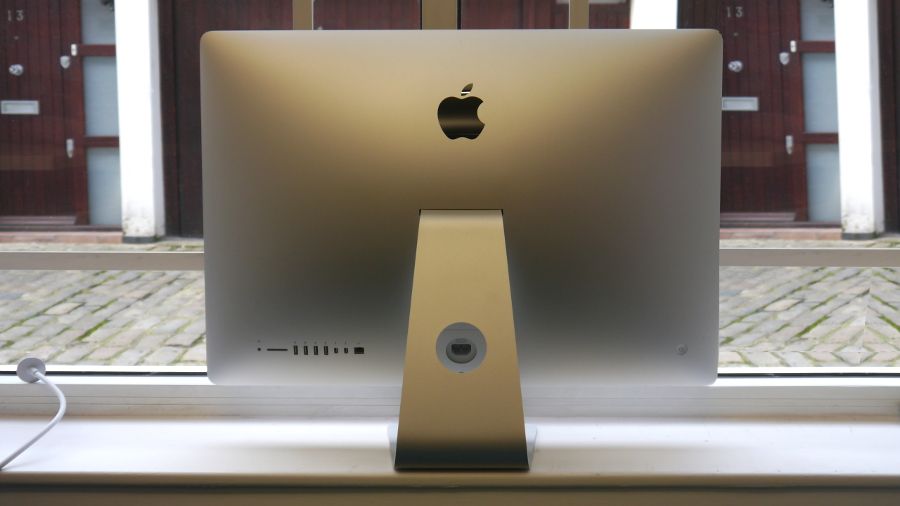
New Mac
A quick web search for the best Mac desktops results in little more than Apple’s iMac all-in-one: a computer that, while great, still stumbles when trying to cater to the hardcore enthusiast audience. Sure, you can get it off the shelf with a 4K or 5K screen, in both 21.5- and 27-inch form-factors, but it’s not as if multiple edit streams of video – much less gaming – at either resolution wouldn’t give it a hard time.
So, our curiosity remains piqued about the direction Apple plans to take its Macs in the future.
For example, we’re nearing the two-year anniversary of the most recent Mac mini. A new Mac Pro, on the other hand, hasn’t been issued since late 2013.
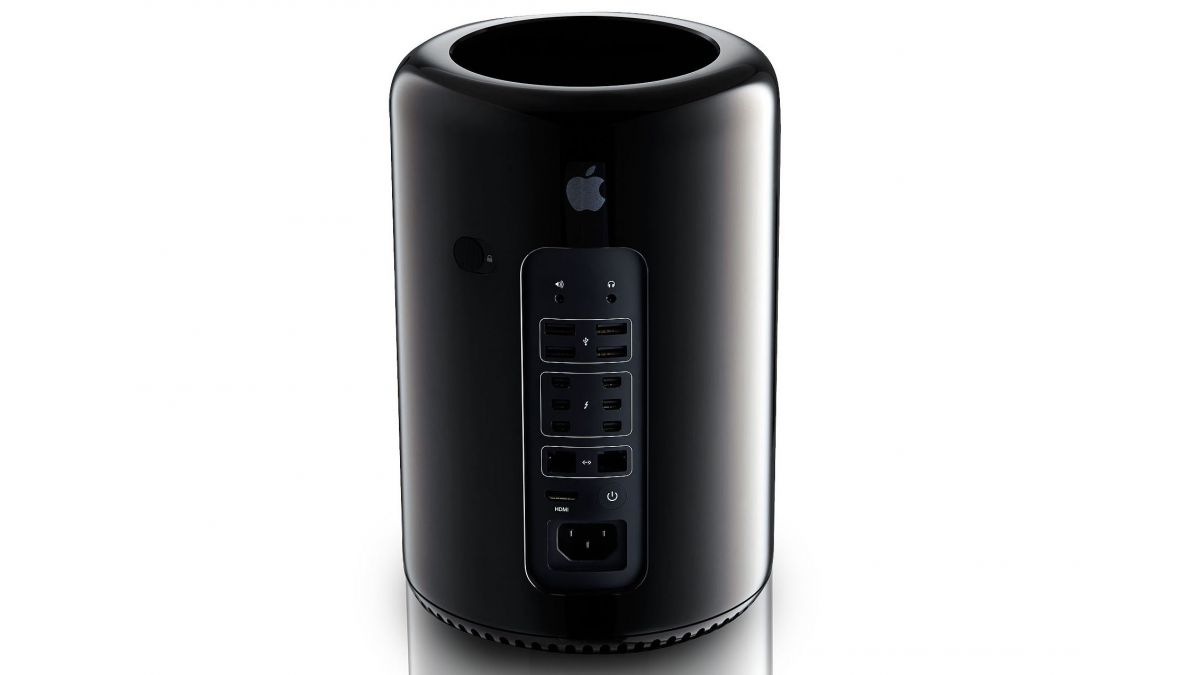
A seven-year upgrade cycle may have been acceptable in 2006, but 10 years later we’ve come to expect annual iterations from Apple. If the plan is to retire all but the iMac, Apple needs to find a way to retain its mini PC and prosumer customers. Otherwise, users will have no choice but to flee to Windows 10.
Sure, you could argue that Apple’s “other” Macs are still available at retail. Both the Mac mini and Mac Pro can be found on the company’s website starting at $2,999 (£2,499, AU$4,899) and $499 (£399, AU$779), respectively. The only problem is, those prices haven’t changed since the products launched, and outdated hardware makes for an outdated price.
Ch-ch-ch-ch-Changes
Even if you can get past the fact that the Mac mini still rocks Haswell processors nigh-two years on, or that the Intel Xeon E5/AMD FirePro D300 inside the Mac Pro have been long succeeded by more powerful components, it isn’t just the guts that make use of old tech.
From the outside looking in, the Mac mini still clings to a pair of Thunderbolt 2 ports despite the MacBook range making the move to USB-C and both the upcoming MacBook Pro 2016 and MacBook Air 2016 lineups rumored to do the same. Meanwhile, the Mac Pro triples that number with not two, but six antiquated Thunderbolt ports.

Clearly, we’re due for an upgrade in the interface department. At the same time, even the iMac could use the USB-C treatment, maybe even as a means for video output from another device, since it looks like the Thunderbolt display is getting the boot.
Sure, the iMac has seen enough revisions to drive a Mac Pro fan up the wall. But, in recent memory, the changes seemed slight, with minor upticks to the resolution as well as the expected processor maintenance to stay in tune with Intel’s CPU roadmap. If Apple truly is ditching the Mac Pro, it should at least do us the service of releasing an iMac Pro configuration.
Imagining the iMac Pro (and iMac mini?)
Imagine that glitzy, 27-inch 5K display paired with a 10-core Intel Xeon E7 (or two) and the latest and greatest AMD FirePro W9100 – they can figure out how to fit it. Sure, it’d be an expensive rig, but Mac Pro users never settled for cheap anyway. Plus, the luxury of a monitor, mouse and keyboard already included in the box would be well worth the price of admission.
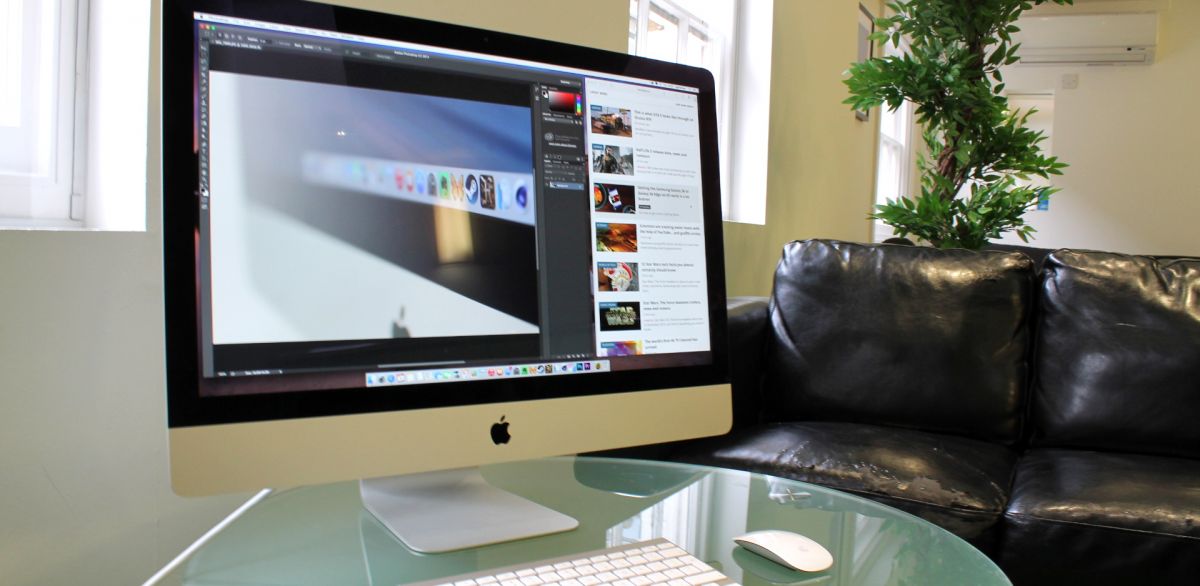
Theoretically, the Mac mini could also benefit from the all-in-one treatment. Other AIO makers, such as Lenovo with its ThinkCentre Tiny-in-One and Maingear with its Alpha 34, have already gone the modular route, letting us upgrade by simply sliding the guts of the computer out and replacing them with a new, more competent set of components. If Apple wanted to stay one step ahead of Microsoft, perhaps a new Mac mini approach could play a role in Cupertino’s next iMac design.
Going all-in on all-in-one
Unless something changes (and fast), it’s looking more and more as if Apple is committed to making the iMac its one and only desktop range. Done right, it’s not a bad call.
The problem is that, with the current iMac lineup, our options are fairly limited. Sure, the resolution is fantastic, but without the equipment to match, a 5K screen means next to nothing.

For professional creative types, such as video editors or 3D animators, the 2GB of VRAM that the top-end iMac might get the job done at native resolution, but not at a pace as rapid as their workflow. If Apple honestly wants to retain its Mac Pro user base, the company should take a few notes from its own cylindrical pastime.
Companies like HP have proven that crafting an all-in-one workstation is far from impossible. In fact, most of our complaints about the second-gen Mac Pro would be resolved if its internals were somehow stuffed into an all-in-one.
Despite Apple’s endless mission for thinness, it’s not as if the thing is going anywhere fast as is.
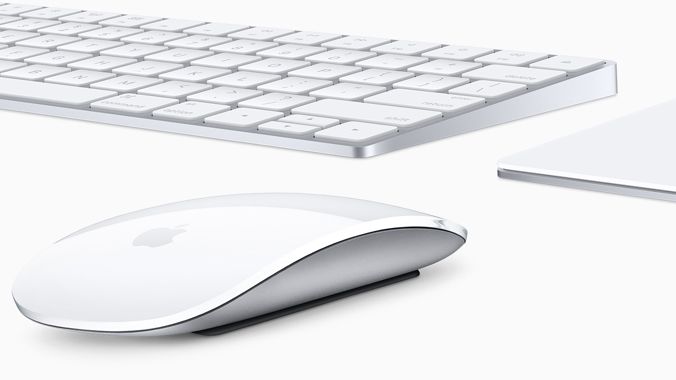
No longer would we have to buy a keyboard and mouse, as the iMac ships with both a Magic Mouse 2 and the fantastic Magic Keyboard. Hell, it even comes with a screen.
Sure, internal expansion would be an even harder problem to solve, but unless Apple would let us change out between Mac minis in a modular all-in-one device (hey, we can dream), that compromise wouldn’t leave us in shambles. Moreover, while we took issue with the lack of an optical drive back in 2013, disc-based software has pressed on towards obsolescence, making it much less of a priority now.
Unifying the iMac
Obviously, given its abandonment of the Mac mini and the Mac Pro in recent years, as well as the discontinuation of the Thunderbolt Display, Apple seemingly would rather bring attention to a new iPad Pro than waste time rethinking the way it handles the Mac.
With no offense to the Mac and all it stands for, the 2-in-1 market is unmistakably lucrative. That’s why perhaps Apple making like Nintendo and merging its products into one might not be such a bad idea. After all, Apple commonly boasts its simplicity and ingenuity, which would certainly be tested if it were to follow through on this idea.

As releasing new Mac Pros and Mac minis on a regular basis is apparently too much to ask for, what we really want from Apple’s next desktop is a true all-in-one computer. Something that renders 4K videos as well (and fast) as it can display them.
Many commercial video folks have already made the move to iMac given the rusty state of the current Mac Pro. With an amped up processor, a handful of additional ports and even better GPU performance, a “Pro”-grade iMac would give power users what they need without detracting from Apple’s present business model. It’s a win-win.
In one word, what we’d like to see from the next Mac is consistency. No more product launches followed by years of silence, whatever that takes to achieve.
Source: techradar.com






































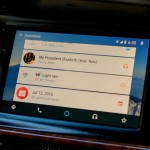



Apple is very focused on margins. They have dropped the external monitor line as it is very hard to sell an external monitor for $999 when you can buy a superior monitor from Asus for $400. The desktop market has much lower margins than phones. This is simply reality. I love the Mac Mini because it is versatile. If you desire a Matte Monitor, than the Mac Mini is the way to go. ASUS sells a Ultra 4K monitor for $499. (4K 3840 x 2160 at 60 Hz). Take a look at what Apple was selling recently: 27-inch IPS display with LED backlighting, 2560 x 1440 Resolution; 16:9 Aspect Ratio. You can still purchase this at Best Buy new for $999. The Matte Screen of the Asus is higher quality that the Gloss Screen of the Mac Display. As such, Apple decided to exit this market, and rightly so. It is hard to say how they will handle the Mac Mini. This is a market that Intel has entered and is doing pretty well. Windows 10 is maturing. As Apple drops its native applications, and less third party applications are specifically written for the Mac, over I-OS, the brand support will fade slowly. Recently sales figures have demonstrated this.
iPhone: 51.1 million units
iPad: 10.2 million units
Mac: 4 million units
Overall, it is hard to sustain Orphan products in such an incredibly integrated line. Apple will likely begin to feel the squeeze from the Surface Pro 5 running Kaby Lake. The Windows 10 platform has incredible growth potential, which is clear to the market. While not my preference, Windows 10 on a Surface Pro 4 is remarkably elegant. As such, Apple might not prefer to compete aggressively in this line with far lower margins.
This is the 21st century, and they are still placing 5400 spinning laptop hard drives in Mac Mini and iMacs — what a shame. If they need to keep the starter Mac Mini and iMac low, just add an SSD 120GB as a starter – up price to $599 on Mac Mini and have a decent performer –the iMac should start at $1099 with SSD and retina display for $1299 in 21 " — their iCloud at 99 cents a month is cheap for 50GB of space for those needing photo or music space.
The iMacs and Mac Mini should be more accessible for servicing.
Someone — anyone, at Apple, please make fonts less fussy, and size adjustable for bookmark tool bars and menus on Safari and Chrome. There are a few areas of which it is impossible to change the tiny fonts, Apple coders must adore. I think the younger generation is all nearsighted now after using iPhones for so long